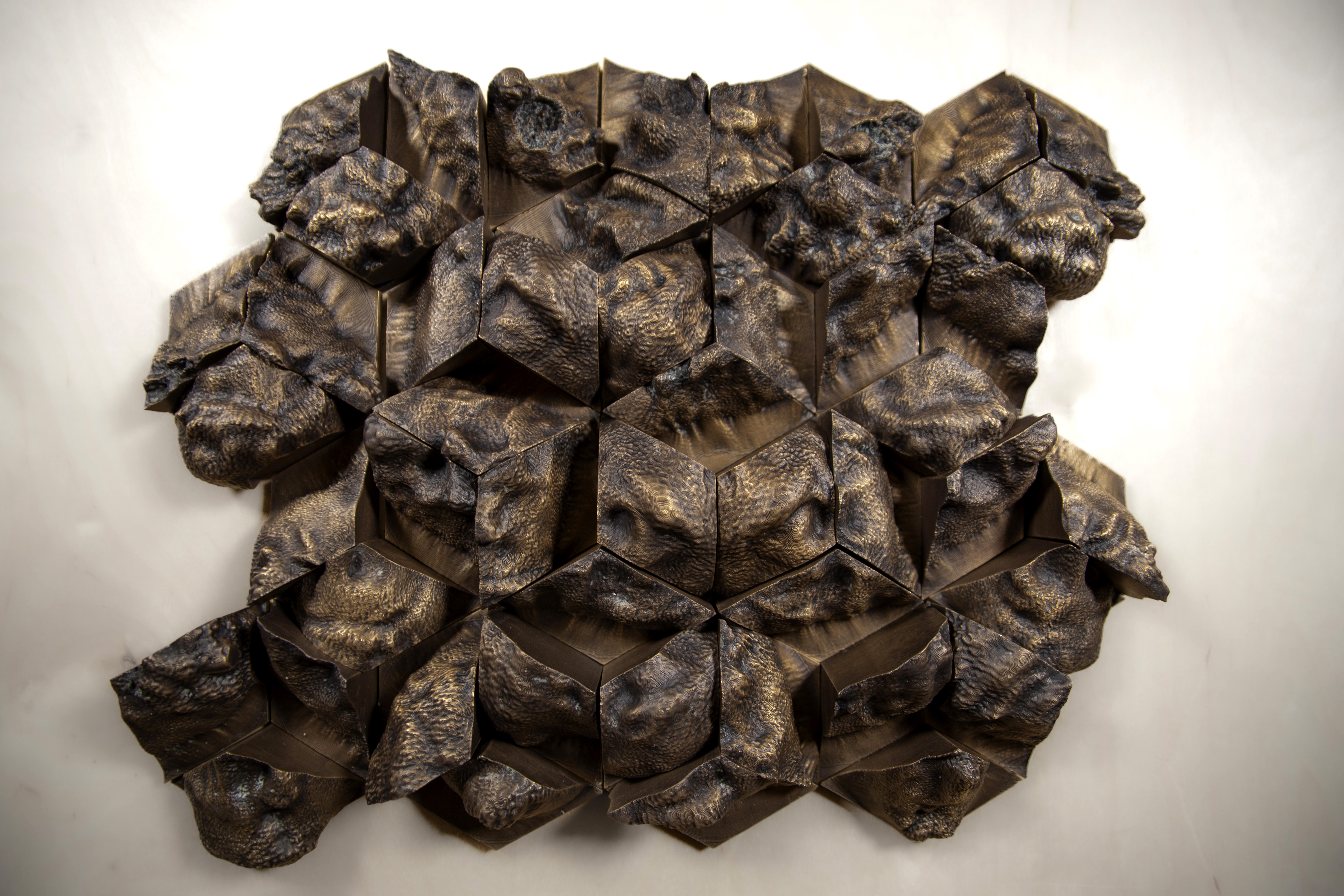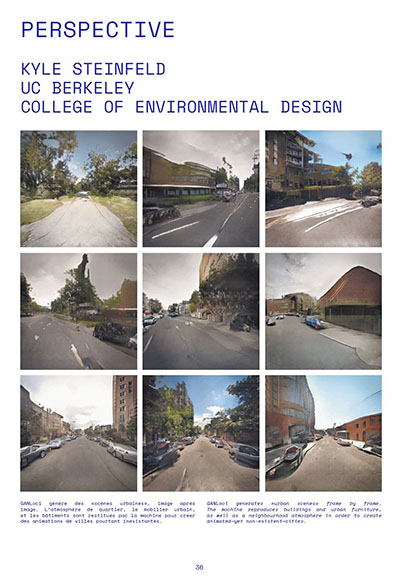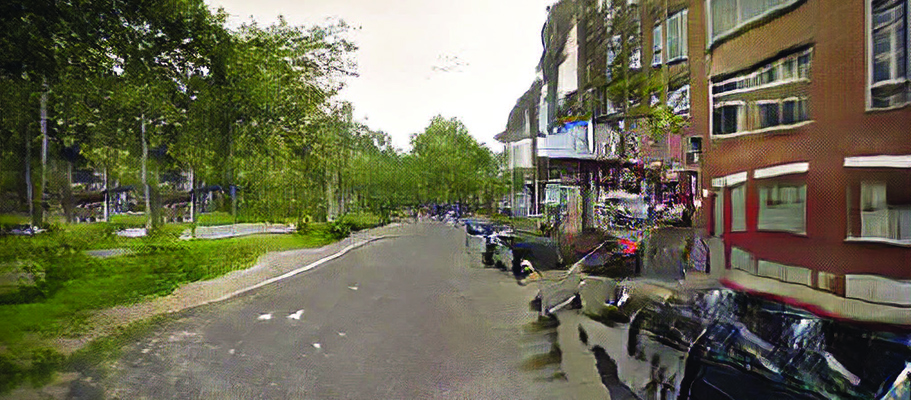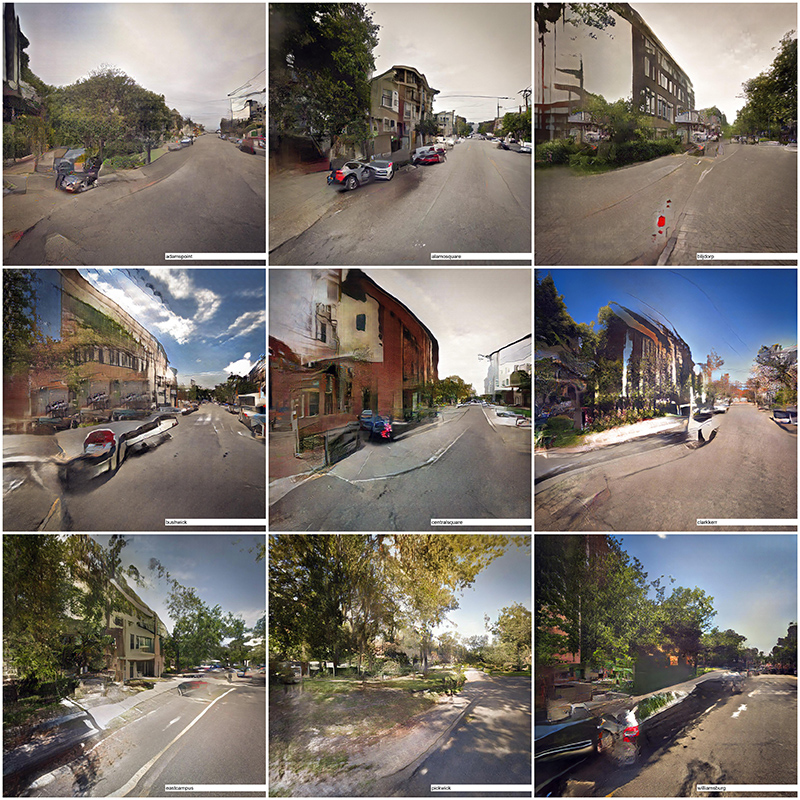Artificialis Releivo
Artificial Relief
Kyle Steinfeld
“Artificiale Rilievo” is the first work of architectural sculptural relief produced by a generative adversarial network (GAN). Technically, this work applies novel methods developed for the generation of three-dimensional sculptural designs using a pseudo-3d description of form based on vector displacement maps (VDMs). Conceptually, the artistic work brings tiling geometries found in contemporary architectural ornament into dialog with forms drawn from the Western architectural canon. A dataset of fragmented and decontextualized Greco-Roman sculptural relief underlies the generation of uncanny forms that straddle the unrecognizable and the familiar. Samples include those drawn from the Pergamon Altar: a Greek construction originating in modern-day Turkey, disassembled in the late 19th century, and re-assembled in the early 20th century in a Berlin museum. The project operates similarly. It begins with a disassembly of selected sculptural forms into fragments that can be described as deformations of a flat sheet. Recalling the rhythmic symmetry of frieze patterns found in traditional Western ornament, a "walk" through the latent space of Greco-Roman sculptural forms is aggregated across a surface in high relief.



